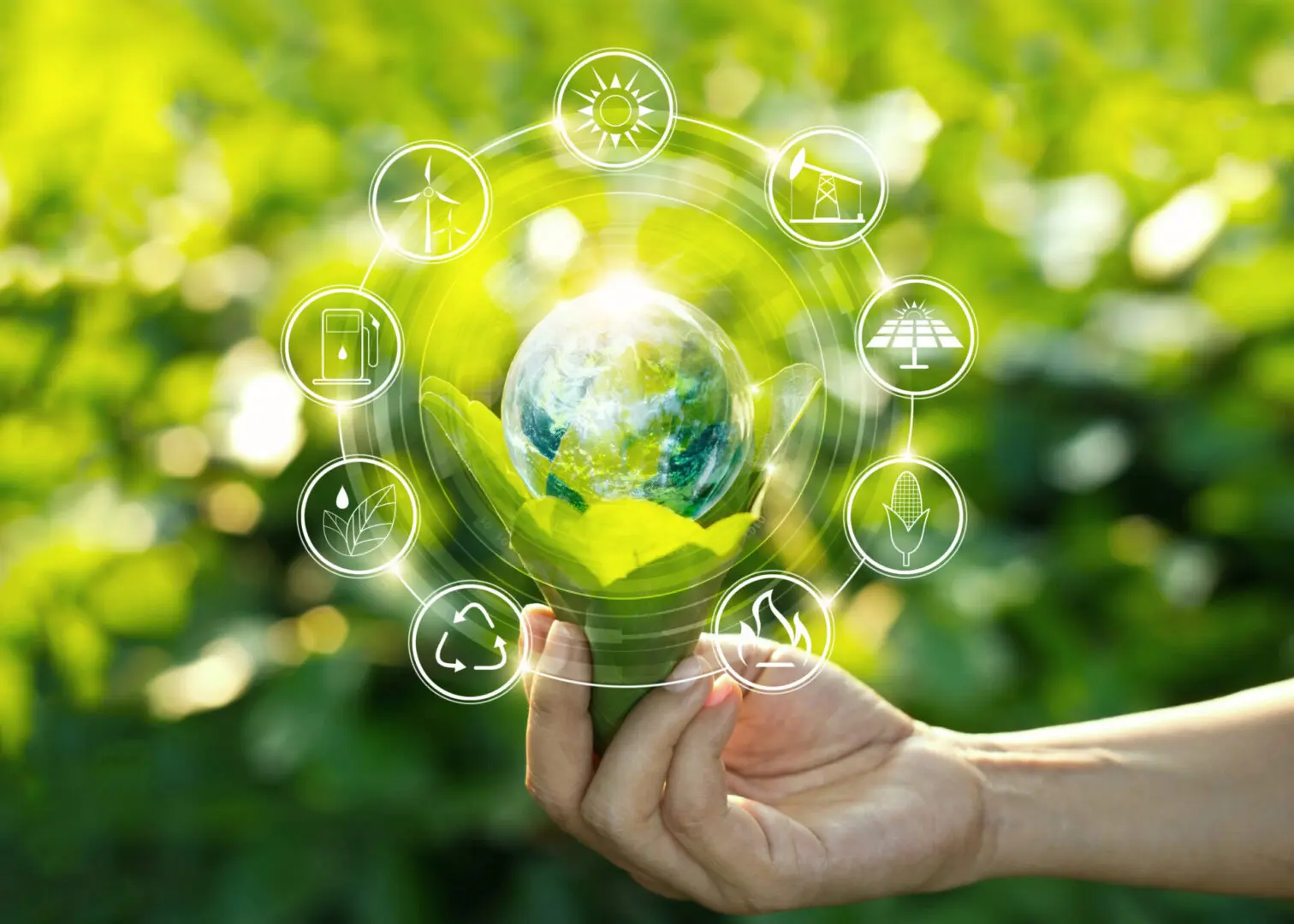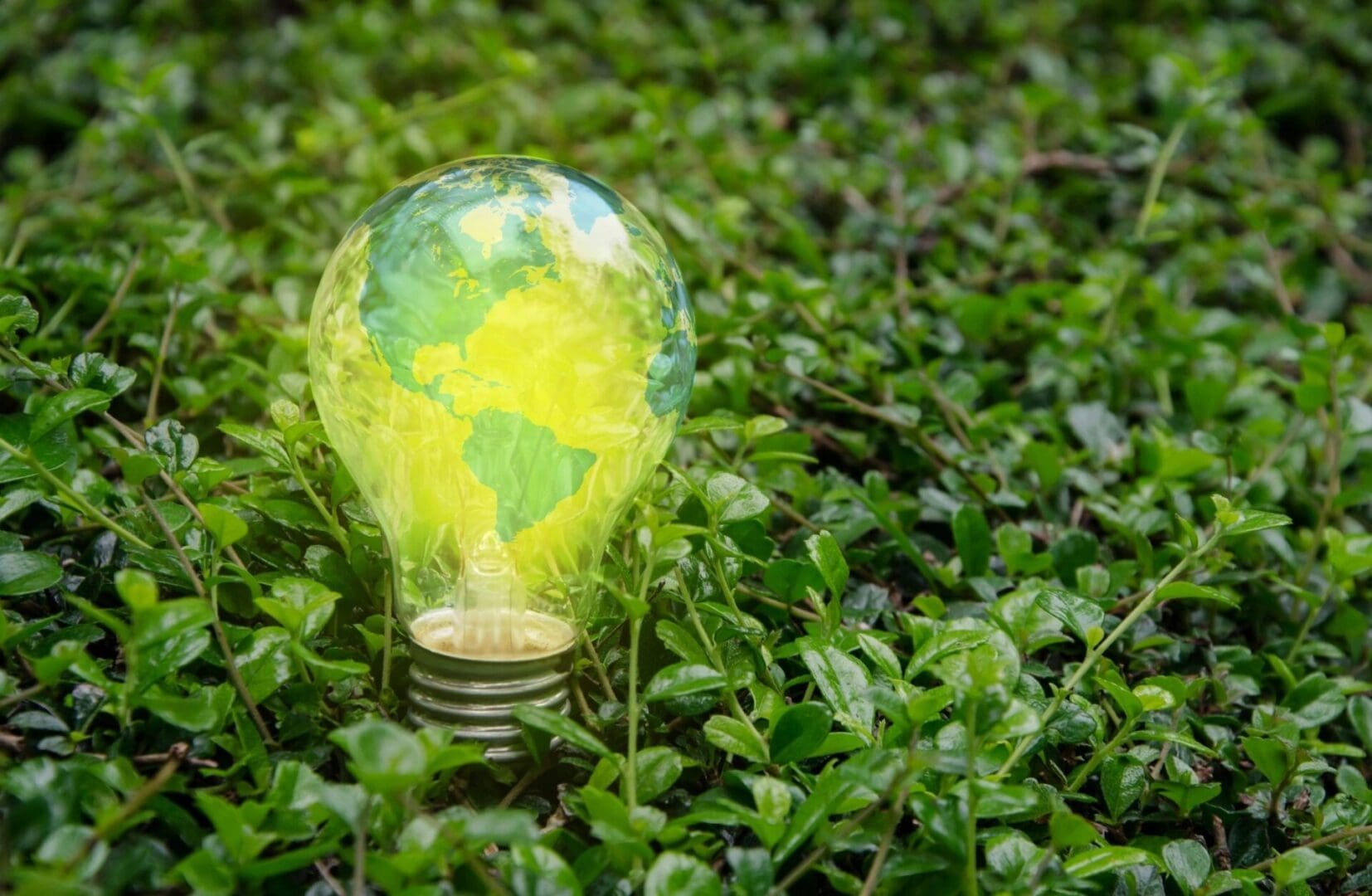Sustainability - Environmental Excellence at J P Systems, Inc.
Sustainability Policy
J P Systems, Inc. (JPSys) developed its Sustainability Policy to help personnel identify and address factors contributing to greenhouse gas emissions. As a result, this policy enables our team to actively support sustainable development and growth. To ensure consistency, we use a common set of internationally recognized indicators—based on OECD guidance—to measure environmental performance at the project level.
While we don’t manufacture products, we nevertheless focus on the environmental impact of delivering sustainable healthcare IT services. Accordingly, we align our operational goals with environmentally responsible practices. Moreover, as a paperless and fully virtual company, we significantly reduce greenhouse gas emissions by eliminating office space and minimizing paper use.
Recognizing our unique business model, we tailored our sustainability policies specifically for a service-based business, taking critical steps toward greener growth and ensuring our development remains both economically and environmentally sustainable. At the same time, JPSys fully embraces the goal of maintaining a sustainable workforce.
To learn more, discover how J P Systems addresses greener operations through this webpage and our J P Systems Sustainability Manual. Importantly, measuring energy usage is our first step toward improvement. Furthermore, the manual outlines how we will create metrics to evaluate the environmental performance of our projects. Finally, our Sustainability Team tracks key indicators to guide continuous improvement.

WHAT IS A GREENHOUSE GAS?
"Definition: Gases that occur naturally in the Earth's atmosphere and trap heat to keep the planet warm. Examples include; carbon dioxide, water vapor, halogenated fluorocarbons, methane, hydrofluorocarbons, nitrous oxide, perfluoronated carbons, and ozone. Some human actions, like the burning of fossil fuels, also produce greenhouse gases." Greenhouse Gases from Acid Rain Glossary
Greenhouse Gas Report
Greenhouse Gas Spreadsheet Report
J P Systems voluntarily participates in the reporting of its Greenhouse Gas (GHG) usage. To provide greater transparency, we split out consumption based on usage for internal versus client contract purposes. Specifically, J P Systems uses the EPA simplified GHG emissions calculator tool to calculate our greenhouse gas emissions, given that we are a professional services company which does not own any facilities.
As a result, our usage does not include any of the following: stationary combustion, mobile sources (on-road vehicles), refrigeration, A/C systems, fire suppression systems, purchased gases, steam, commuting, or upstream transportation and distribution. Consequently, all these values on the GHG Calculator Tool Spreadsheet are zero. Looking ahead, our goal for 2025 is to reduce our greenhouse gas emissions by 2% for J P Systems' operations.
Furthermore, we are a 100% paperless company. In addition, all of our employees telecommute, as we operate entirely virtually. Subsequently, our primary GHG emissions fall into the business travel category. For more details, the buttons below link to our GHG Summary page tab and our Business Travel tab from our GHG Spreadsheet Calculator Tool.

Responsible Purchasing Guidelines
Responsible Purchasing is the acquisition of goods and services that meet the business needs while being environmentally friendly. We support the purchase of products with minimal harmful effects from their production, transportation, use, and disposition.
General Guidelines
- Reduce waste by buying only what we need.
- When possible buy items produced with, operated with, and disposed of using environmentally beneficial practices.
- Avoid products with toxic ingredients and outputs.
- Choose manufacturers and vendors that treat workers and communities with equity and respect.
Use these basic considerations prior to making purchases:
- Is it necessary? Habit and impulse can lead to unnecessary purchases. Confirm that you truly need the product and determine the appropriate quantity. Regularly evaluate automatic re-orders to ensure they still meet your current needs.
- Does it provide the best long-term value? Choose high-quality, durable products over cheaper, low-quality ones that you’ll need to replace often. This choice benefits both your budget and the environment.
- Wherever possible reuse items or purchase recycled products. From office supplies to building supplies, products made with recycled content cause significantly less environmental stress than those made with brand new materials. Details about what portion of the product/packaging are made from recycled content should be available on the product label. Click for more detail on label language from the FTC.
- Is the packaging minimal? In the U.S. according to the EPA 79% of product packaging goes to the landfill. Choose options with the most minimal packaging possible.
- Research the energy and water efficiency ratings. Products designed for low energy/water use are good environmental and economic choices, providing years of operational savings in water, energy, and dollars. Select products with WaterSense and Energy Star certifications. For electronics, look for products with an EPEAT rating of silver or higher. Avoid products that require continuous power.
Basic Considerations for Purchases
- Can it be disposed of responsibly? Consider what happens to the product at the end of its used. Choose products that last a long time and qualify for campus recycling or composting after use. When short-term use is required (e.g., disposable serving ware), select compostable options. If that’s not feasible, choose items you can reuse or recycle.
- Whenever possible shop locally first. Buying from local sources cuts transportation-related greenhouse gas emissions, gives better insight into vendor practices, and strengthens the local economy.
- Is it a low/no toxins choice? Many everyday items—from cleaning supplies to paint to three-ring binders—contain harmful chemicals, but safer alternatives exist. Choose products free of VOCs, formaldehyde, chlorine, PVCs, lead, and mercury. For cleaning, sanitary, and maintenance needs, select items certified by Green Seal or Ecologo certified.
- Is the product made in a socially responsible way? Whenever possible, look for goods and services from companies that prioritize social responsibility, including a workplace free from harassment and discrimination, fair wages and conditions for workers, and environmentally friendly operations. For example, Fair Trade Certification indicates a product has been vetted for “safe working conditions, environmental protections, sustainable livelihoods and community development funds” and can be a good starting point.
Similarly, checking for participation in the Fair Labor Association adds another layer of assurance. In addition, reviewing published company policies and relevant media from reliable news sources can also provide useful context. To assist consumers further, the U.S. Department of Labor maintains a list of products considered likely to be made by child or forced labor. However, when you do not have time to research or cannot find the information you need, here’s a basic rule of thumb: if a product is priced so low it is hard to believe, it is highly likely that the people making it are being exploited. In such cases, think twice.



